 TECH
TECH
 Images by THE AUTHOR
Images by THE AUTHORhere’s nothing like original sheetmetal on a vintage car, but original glass is a different story. Scratches, pitting, hazing, and more can detract from an otherwise-strong appearance.
That was the dilemma Mark Stielow faced with his latest Camaro project, so he had Sled Alley replace all its glass, including the door windows. Dropping in the new windshield and rear window were straightforward enough, but the intricacies of the door windows are what prompted us to following along and take notes.
If you’ve never attempted it, replacing the door glass on a vintage Chevy can seem easy enough at first but can quickly turn into a maddening exercise. Fine adjustments must be made to the fore/after positioning, along with the front-to-rear tilt, in order to position the glass correctly and frame it properly in the door opening.
It is particularly challenging on A-bodies, F-bodies, and other models with frameless door windows. Getting it wrong can lead to interference with the rear quarter-window or gaps at the surrounding window rubber that can create the sort of annoying wind noise that sends a spouse to a dating app after about 15 minutes on the highway.
“Installing the glass is the easy part—it’s nailing the adjustments that really take time and attention to detail,” Matt Gurjack of Sled Alley says. “Seemingly small adjustments can make a big difference and you’ve got to make sure everything is spot-on and fits tightly against the seals if you don’t want those wind leaks.”
All the glass for this project came in a package from Heartbeat City. Stielow specified the Soft Ray–style green-tinted glass of the RPO A01 option for 1969, which included subtle yet noticeable green tinting on the door windows, quarter-windows, and rear window as well as the windshield. There was also an A02 option that included tint only on the windshield, while entirely non-tinted glass was standard. Just less than half of all 1969 Camaros were ordered with the A01 all-tinted glass.
The glass and hardware are the same for 1968 and 1969 Camaros, while the 1967 models have their own glass of course because of the doors’ vent windows. Fortunately, the door hardware for all is readily available. While the glass is also relatively easy to find, Matt Gurjack says the quality of the glass from Heartbeat City, which comes from manufacturer PMK Diamond Glass, is his preference.
“It’s very good and we’ve never had any problems fitting it,” he says.
Overall, this is a project that virtually any enthusiast could tackle and expect excellent results, as long as the time is taken to sweat the adjustment details. Sled Alley has worked on more early Camaros than TikTok has videos of people opening Amazon packages, so they’re able to fly through the installation and adjustments quickly, but a first-timer should be able to do each door’s glass installation and adjustments in less than two hours.
That makes it a good, DIY project for a weekend afternoon—and compared to settling for cleaned-up but scratched or hazed original windows, the results couldn’t be clearer.
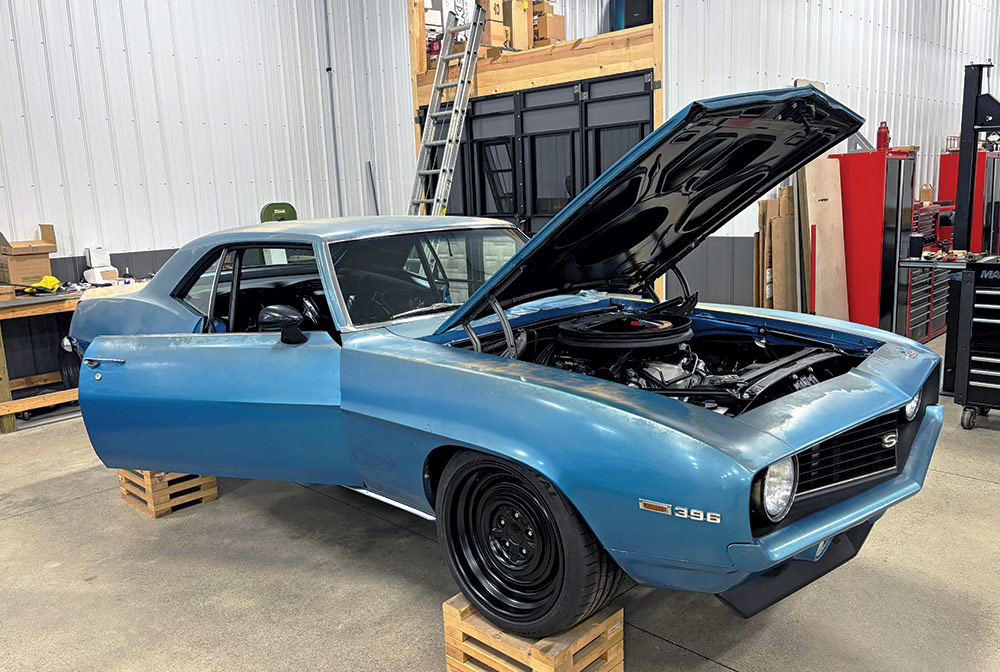








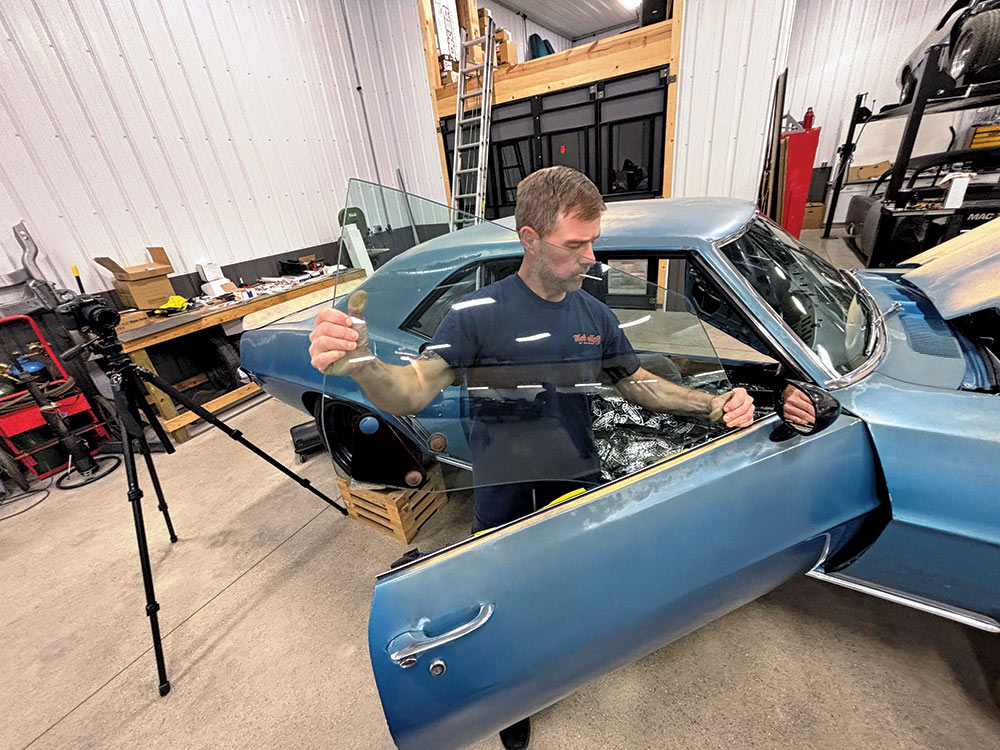




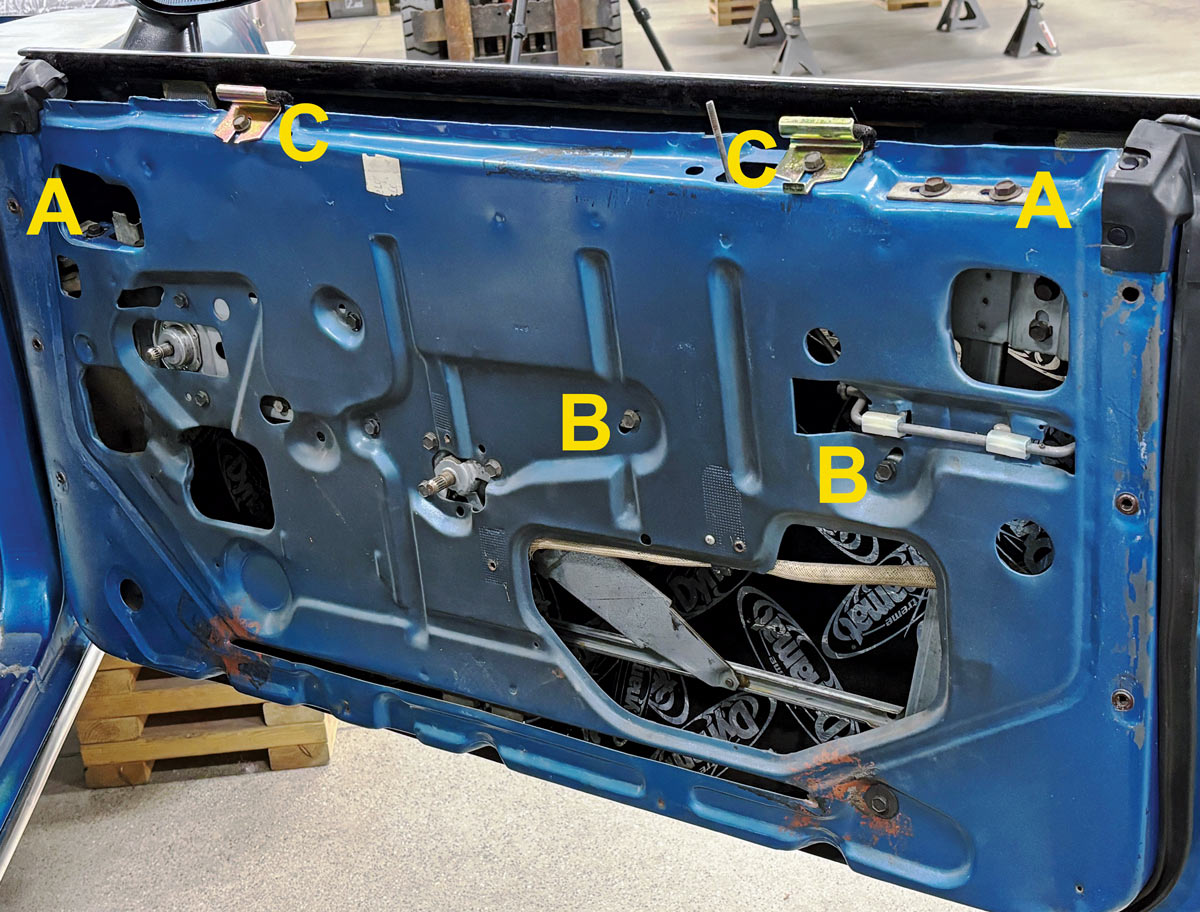




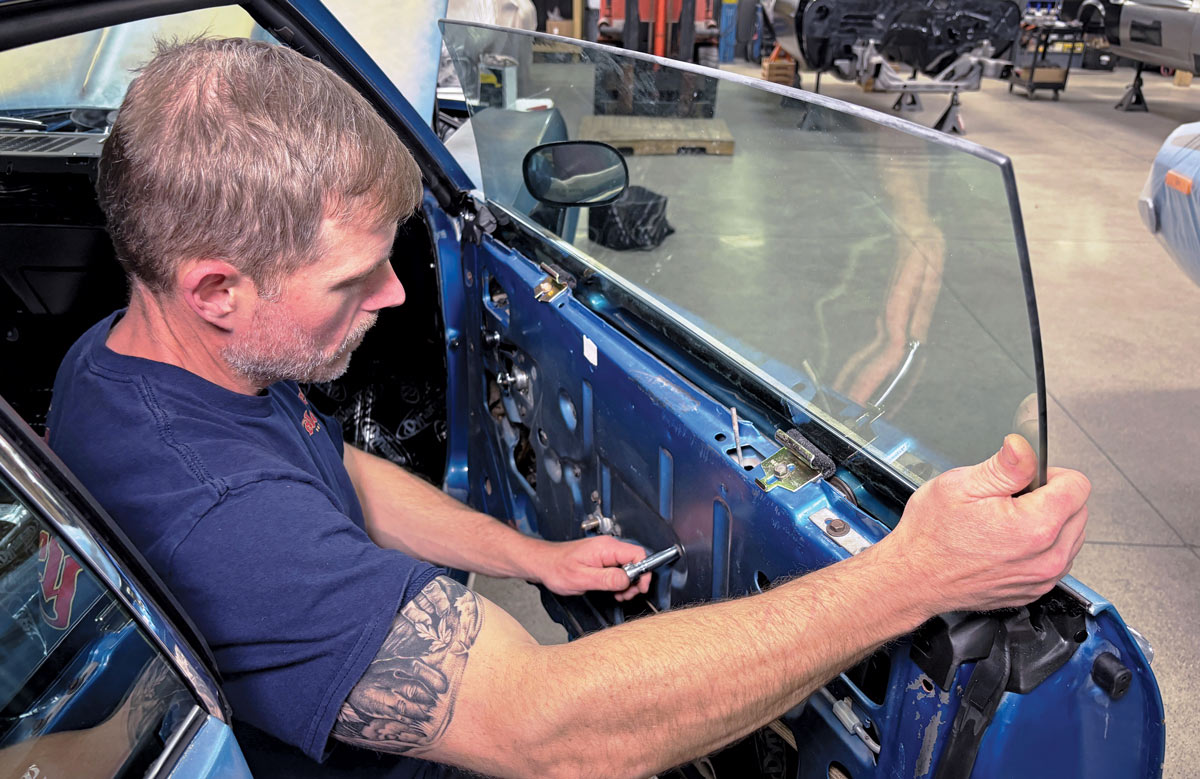


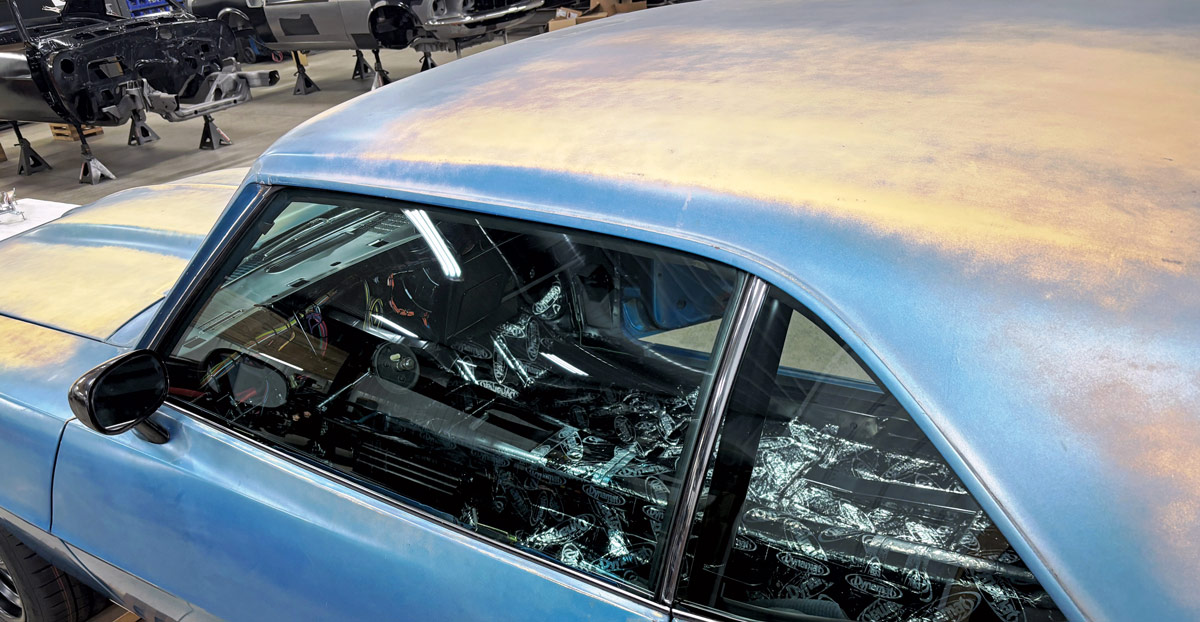
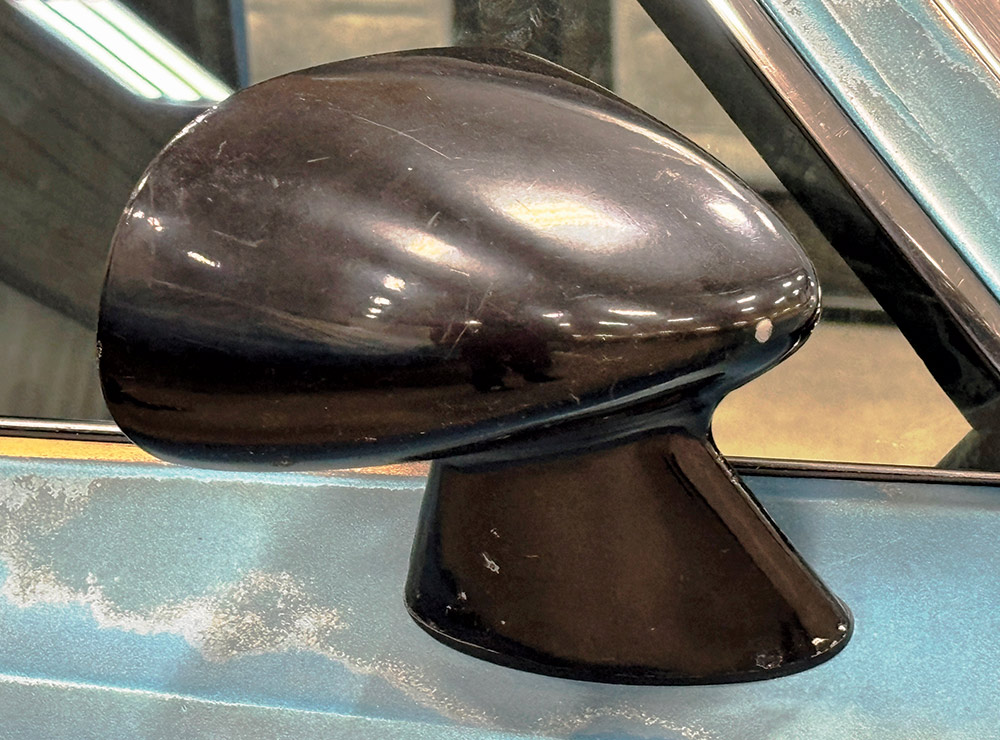
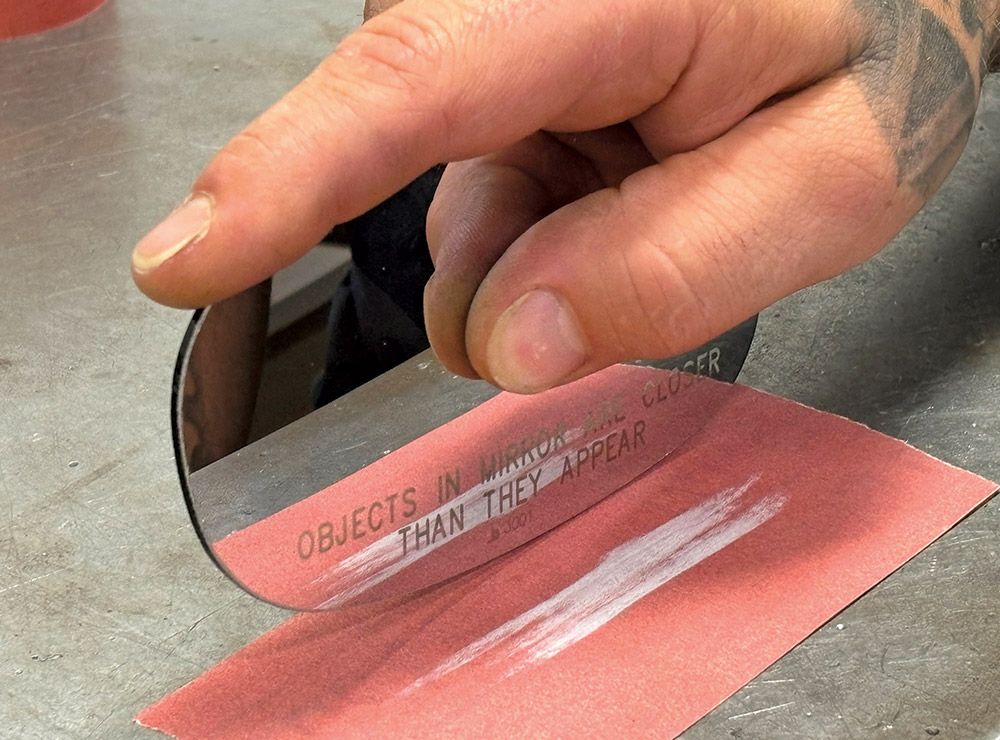
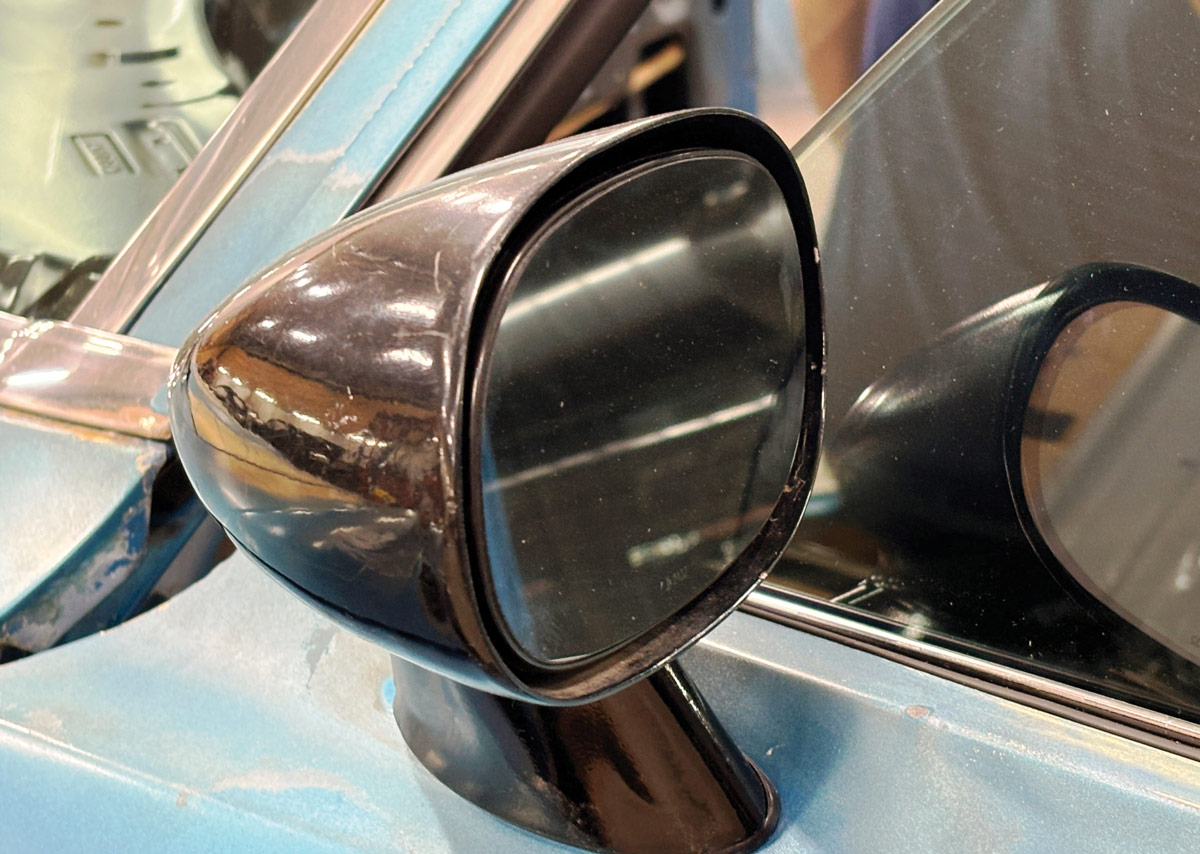
 SOURCES
SOURCES